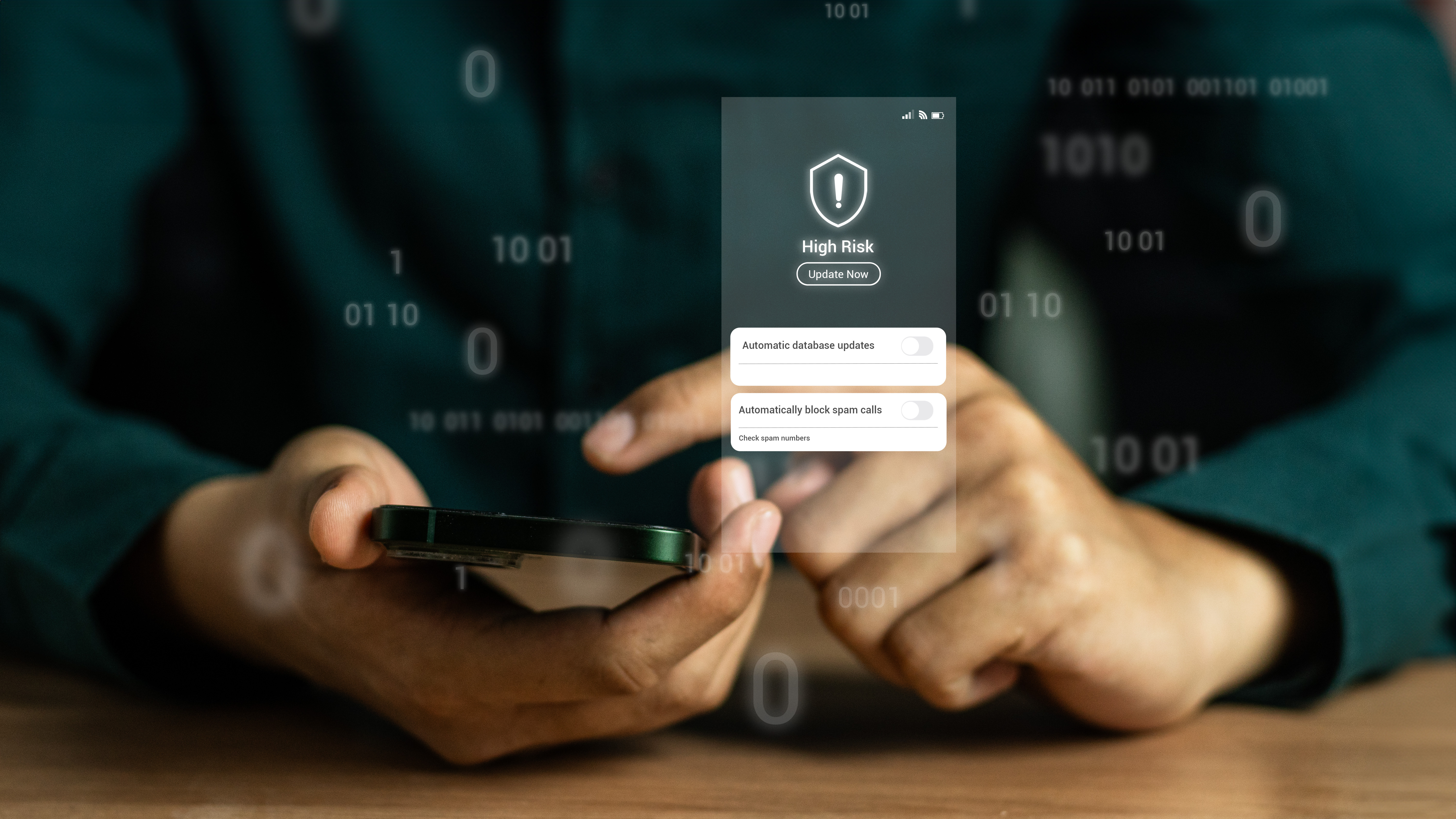Website security is paramount. Over 10 million websites are hacked yearly, and 20 ransomware attacks occur every second. And cybersecurity isn’t just about protecting your site’s appearance: it’s big business. Cyberattack damage cost is predicted to reach $10.5 trillion by 2025, so failing to keep yours up-to-date could prove costly in the long run.
While newer websites often have the latest security measures, older websites can be particularly vulnerable to cyber threats. These sites may not have been designed with modern security challenges in mind, making them prime targets for cyberattacks.
If you’re managing an older website, perhaps ahead of a rebrand or relaunch, it’s crucial to take proactive steps to enhance its security. Below, we’ve compiled some essential tips to help you protect your site and business…
Update software
One of the simplest yet most effective ways to secure an old website is to keep all its software up to date. This includes the content management system (CMS), plugins, themes, and any other software components your website relies on. Hackers are constantly searching for vulnerabilities in outdated software. Developers regularly release patches and updates to fix these vulnerabilities and protect against emerging threats. If your website’s software isn’t updated, leaving your front door unlocked is inviting trouble. Make it a habit to check for updates regularly and install them as soon as they’re available.
Data from WP Clipboard suggests that there are close to 90,000 attacks per minute on WordPress websites, thanks to the content management system’s prevalence. The results speak for themselves:
- 61% of attacked websites are outdated.
- 52% of WordPress vulnerabilities are caused by out-of-date plugins
- 37% of WordPress vulnerabilities are caused by out-of-date files
- 11% of WordPress vulnerabilities are caused by out-of-date themes
Get the team involved
No matter how secure your website is, human error can still lead to security breaches. This is why it is vital to train your team on security best practices. These include creating strong passwords, recognising phishing attempts, and understanding the importance of data protection.
Your team should also know what to do during a security incident. For example, if an employee notices unusual activity on the website or suspects a malware infection, they should know how to report it and take immediate action. Regular training sessions help keep security in mind and ensure everyone knows their role in protecting the website.
Back-up the website
Data backups are critical to any website security strategy, especially for older websites. They ensure that you can recover your website quickly if something goes wrong, whether it’s a cyberattack, a system failure, or human error. Ransomware attacks, where hackers encrypt your data and demand a ransom for its release, are a growing threat. If your website is backed up regularly, you can restore your data without paying the ransom, minimising downtime and reducing the attack’s impact. Ensure your backups are stored securely, and test periodically.
According to a recent study, 42% of medium-sized and 30% of large businesses admitted they did not have off-site backups and just 39% claimed they were capable of restoring on-site backups in less than 24 hours. Having the right processes in place is essential for uptime.
Think about cybersecurity
While there are many steps you can take on your own to improve the security of your website, working with a professional cybersecurity service can provide additional peace of mind. Professionals can conduct thorough security audits, identify potential vulnerabilities, and implement advanced security measures tailored to your website’s needs. When choosing a cybersecurity provider, look for a company with a strong reputation and a track record of success. Don’t be tempted to choose the cheapest option; in cybersecurity, you often get what you pay for. Investing in a reputable provider could save you from costly security breaches.
Think about user authentication
Another good way to enhance the security of an older website is to implement more robust user authentication methods. This includes enforcing complex password requirements, enabling two-factor authentication (2FA), and regularly reviewing user access levels to ensure that only authorised individuals can access sensitive areas of your website.
8% of WordPress sites are hacked due to weak passwords. Two-factor authentication adds an extra layer of security by requiring users to provide two forms of identification—typically something they know (like a password) and something they have (like mobile). This makes it much harder for attackers to gain unauthorised access, even if they can obtain a password.
Monitor and test
Ongoing monitoring and testing are crucial for maintaining your website’s security. Regularly scan your website for vulnerabilities, and consider using automated tools that can alert you to potential security issues in real-time. Another valuable tool is penetration testing, in which a security expert simulates an attack on your website to identify weaknesses. Regular testing can help you avoid potential threats and ensure your website’s security measures are effective.
Wrapping up
Securing an older website requires ongoing attention and a proactive approach. By keeping your software updated, training your team, performing regular data backups, and considering professional security services, you can significantly reduce the risk of cyberattacks and protect your business. If you’re thinking about a more up-to-date and secure website for your business, contact the Zudu team today for a free consultation.



